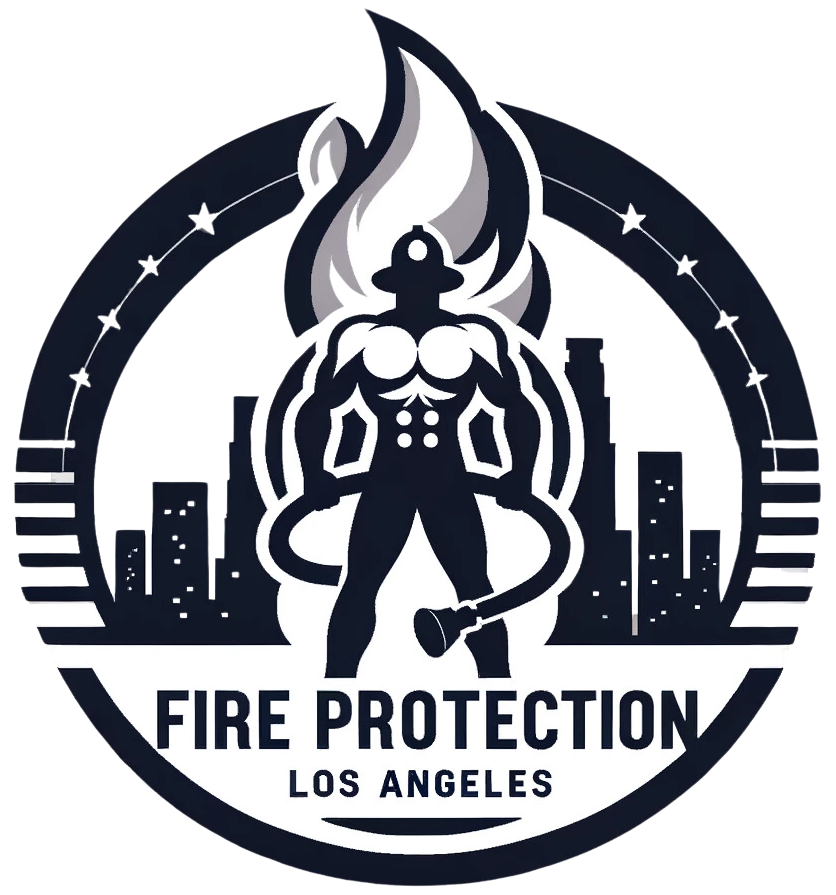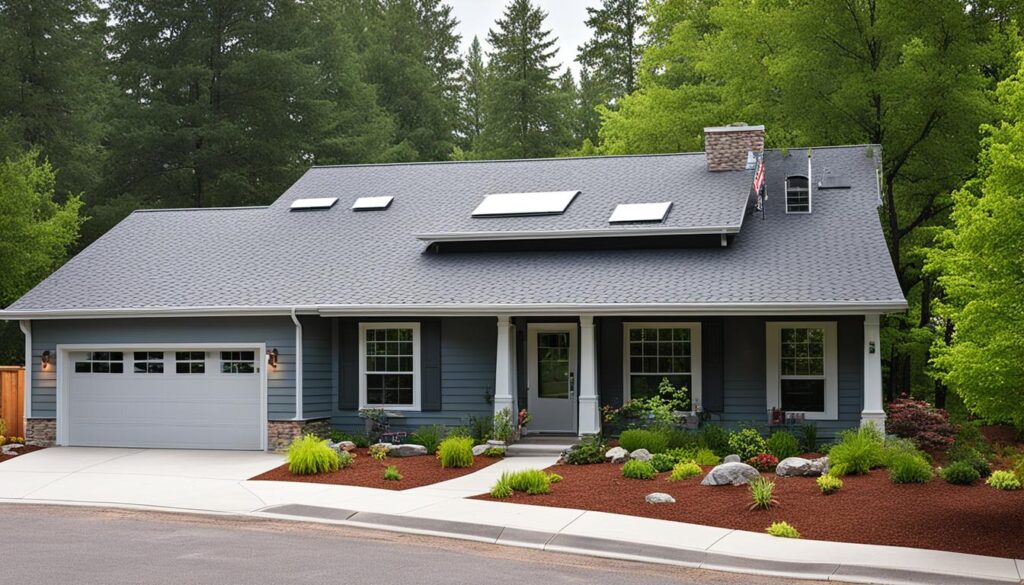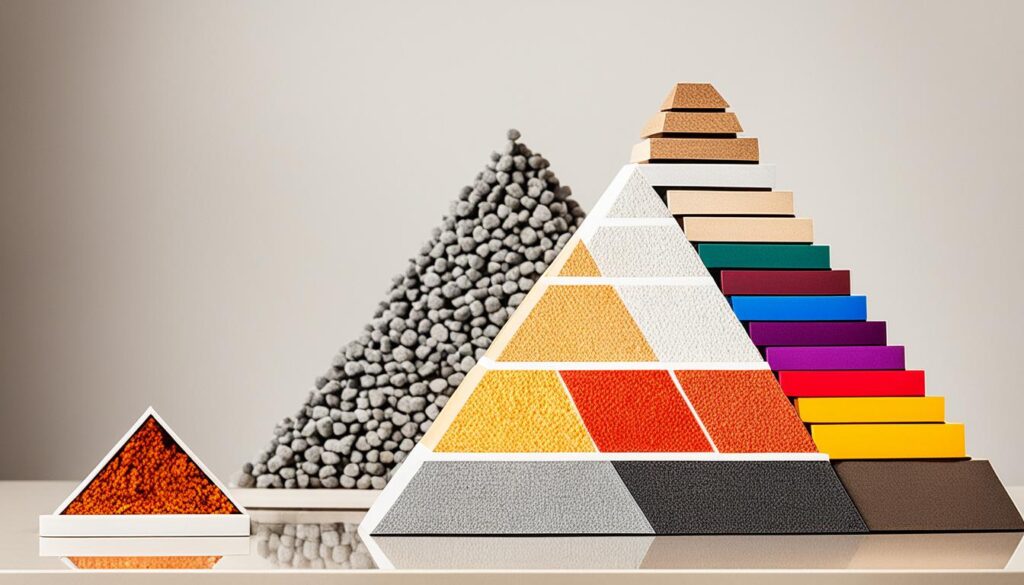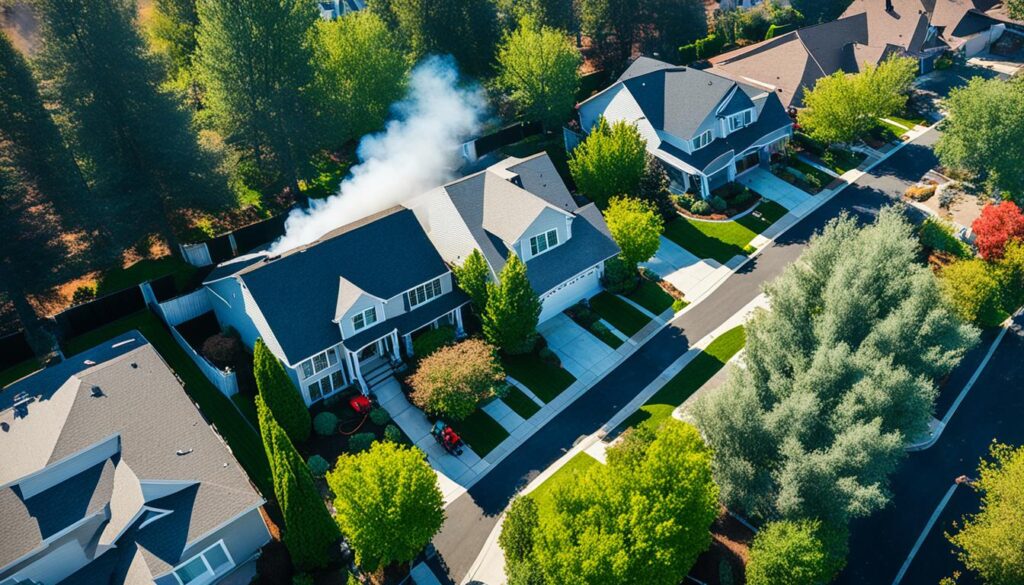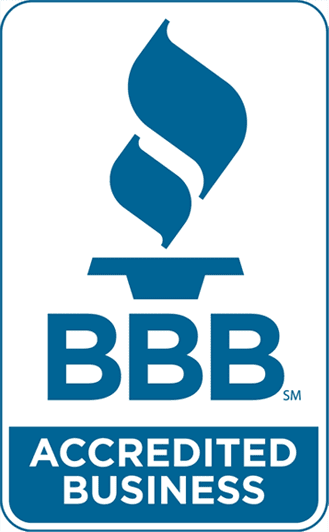In 2015, a home fire was reported every 86 seconds in the United States. This shows how important fireproofing techniques and home fire safety are. Fireproofing your home helps protect against flames, heat, and embers that can start fires far away.
Protecting against wildfires means more than just gathering resources. It’s about using materials that can last through fires for hours. For example, Insulating Concrete Forms (ICFs) might cost a bit more but can save money on insurance.
There are many ways to make your home safer from wildfires. Simple steps include checking alarms often and installing a whole-house sprinkler system. Getting advice from experts like the University of California Fire Resources can help make your home safer.
Fires in American homes often start from cooking, heating, or electrical issues. We’ll look at materials and methods to make your home safer. These can also help make your home more sustainable by reducing risks and being prepared.
Understanding the Risks and Fireproofing Basics
In places like California, where wildfires are getting worse, knowing about fire risks is key. Homeowners need to act to lower these risks. Using fireproof building materials, fire-resistant construction, and fireproof insulation is vital to protect homes from wildfires.
Fireproofing starts with picking materials that can handle high heat. Things like fire-resistant glass and non-flammable roofs make homes stronger. Also, tech like intumescent coatings expands in heat, creating a shield to protect the house.
Fireproofing is also about how a home is designed and its surroundings. Keeping a safe area around the house helps stop fires from spreading. Also, fire-resistant barriers inside the home can help keep fires in check and give people time to escape.
- Assessment: Regular checks by experts to see if fireproofing works well.
- Material Selection: Picking fireproof building materials and making sure they’re put in right.
- Maintenance: Regular checks and upkeep of barriers and insulation for ongoing safety.
Good fireproofing is more than just using materials. It also means knowing about fire safety rules and working with the community. Guides like the Be Wildfire Ready Guide help with making safe spaces and building community strength. This way, homes and communities stay safe.
- Teach people about fire safety and getting ready through classes.
- Work with local fire departments for advice and checks.
- Look into insurance options to make sure you’re covered.
Putting a focus on fire-resistant construction and fireproof insulation is key. It keeps property safe and people safe in risky areas.
Fireproofing Your Home: Materials and Techniques
Making your home fire-safe means using fire-resistant materials and treatments. These are key to keeping your home safe and strong against wildfires. We’ll look at important ways to protect your home’s design and structure.
Design and Construction with Fire-Resistant Materials
Choosing the right materials is the first step in fire-resistant building. Using Class A materials makes your home stronger and gives firefighters more time to act. Concrete, slate, and stucco are good choices because they last long and don’t burn easily.
Adding fireproof insulation in walls and floors helps protect your home. It gives people enough time to get out safely. Fire doors and sprinkler systems are also good ideas, especially in places at high risk of fires.
Home Exteriors: Roofs, Gutters, and Siding
Looking at the outside of your home is important too. Use roofs, gutters, and siding that can stand up to fire. A Class A rated roof is the best choice. Clean gutters help stop fires from spreading.
Brick or fire-resistant siding can protect your home from heat and flames. It helps slow down fires, keeping your home safe.
Windows and Doors: Fireproofing for Vulnerable Entry Points
Windows and doors are key spots where fires can get in. Dual-pane windows are better because they keep heat out and stop fires from spreading. Checking them often helps them work better against fires.
For doors, choose solid core or fire-rated ones. They make it harder for fires to get through. This helps keep your home safe from fires.
Using these fireproofing methods and products makes your home safer. With climate change and more wildfires, it’s crucial to take action. The right materials and design can help your home fight fires better.
Strategic Landscaping and Creating Defensible Space
With more wildfires in the U.S., strategic landscaping and creating defensible space are key. These steps help lower fire risks and keep people safe.
Wildfires are getting worse, burning 68% more land from 2017 to 2021. As homes move closer to forests, strategic landscaping is more important.
The National Fire Protection Association (NFPA) says creating defensible space has three zones. Each zone has rules to fight wildfire risks:
- Zone 0 (Immediate Zone): This area around the home is up to five feet wide. Use non-flammable materials and keep it clean of flammable plants.
- Zone 1 (Intermediate Zone): This zone is 5 to 30 feet from the home. It’s about cutting down flammable stuff, spreading trees and shrubs, and keeping grass short.
- Zone 2 (Extended Zone): This zone is 30 to 100 feet or more away. It’s for making fire breaks and planting plants that resist fire.
Using these fireproofing techniques helps protect your home and can save money on insurance. Homes without these safety steps might not be saved in a wildfire.
For those in wildfire areas like California and Colorado, strategic landscaping is key. Regular checks and fire-resistant plants are part of a strong defense against wildfires.
In short, strategic landscaping and creating defensible space are more than rules. They are steps that save lives and property from wildfires.
Conclusion
Keeping our homes safe from wildfires needs a careful plan. This plan includes using fire-resistant materials, fireproofing products, and good home fire safety habits. A study in 2014 showed how important it is to protect our homes from embers. These small sparks can start big fires.
Using materials like fiberglass shingles, clay tiles, or metal sheets on roofs helps a lot. It stops our homes from catching fire. We also need to keep our roofs and gutters clean to prevent fires.
Doing things like removing debris and creating safe areas around our homes helps too. Using fiber cement siding, multi-pane windows, and metal mesh screens also lowers the risk of fires spreading. These steps make our homes safer.
Small actions like covering open eaves and using noncombustible vents help fight fires. Working with our communities and following safety rules also makes our homes safer. By using science and good fireproofing methods, we can protect our homes and save lives in fires.
